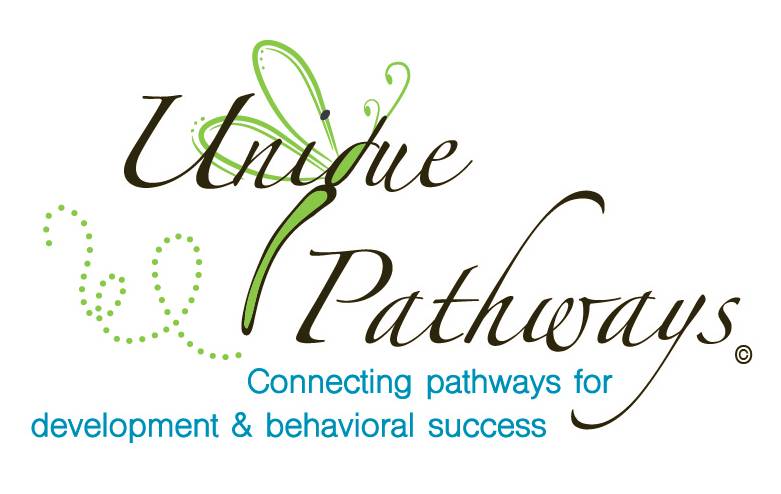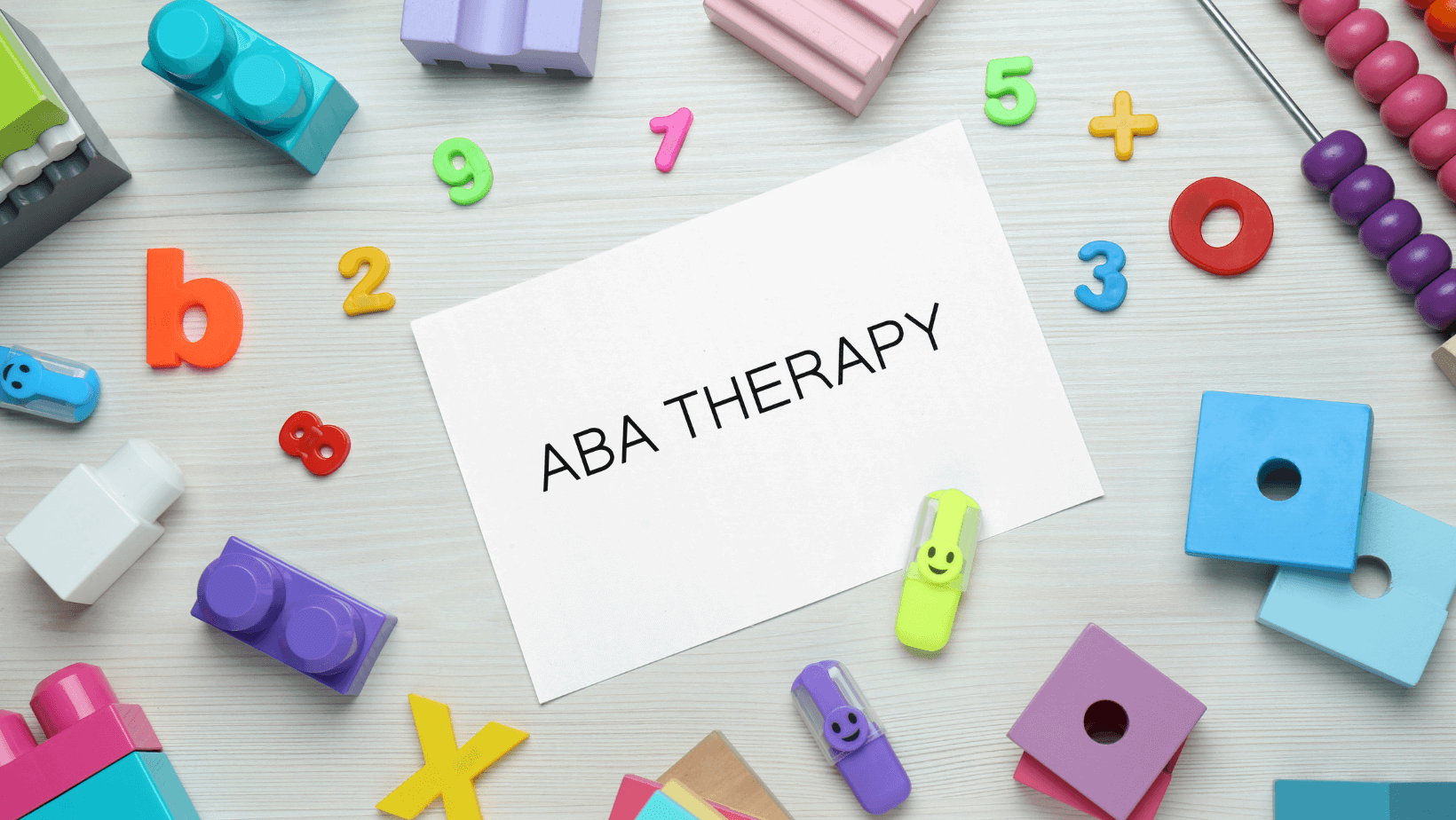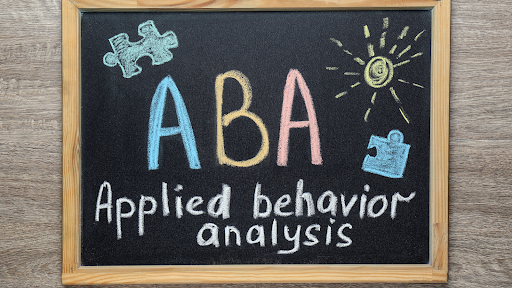Applied Behavior Analysis (ABA) therapy is an empirically-based approach for helping individuals with various behavioral challenges. This method is grounded in science and focuses on understanding and shaping behavior. ABA therapy works to enhance important social behaviors by identifying the cause of behaviors. In essence, it aims to answer the question, “What is ABA therapy?” by emphasizing the importance of precise measurement, data analysis, and applying behavioral principles to bring about meaningful changes in behavior.
The history of Applied Behavior Analysis therapy dates back to the 1960s when psychologists like Ivar Lovaas began using behavior modification techniques to address the needs of children with autism. Over the decades, ABA therapy has evolved and expanded its applications. Today, it is recognized as a well-established intervention method not only for autism but also for a wide range of behavioral challenges.
Explore our ABA Services today!
Core Principles of ABA Therapy
The essence of ABA therapy is to successfully shape maladaptive behaviors and replace them with behaviors that provide an individual the tools required to be successful in their day-to-day interactions. This involves breaking down complex behaviors into smaller parts, making it easier for individuals to learn new skills and reduce problematic behaviors. ABA therapists observe and assess behavior patterns to make customized plans for each person.
Reinforcement is key in ABA therapy. Positive reinforcement means giving rewards to encourage good or positive behaviors, while negative reinforcement involves reducing bad or negative behaviors by taking away unpleasant things. These methods are used thoughtfully to help individuals learn new skills and drop problematic behaviors.
ABA therapy is an empirically-based, objective approach. Therapists collect and analyze records on behavior changes, progress, and challenges. This therapeutic process ensures therapy is based on objective data and can be adjusted to be as effective as possible. It also provides a clear view of how an individual is progressing.
Applicability of ABA Therapy
Applied Behavior Analysis therapy is not limited to addressing specific behaviors; it can be applied to a wide spectrum of behaviors across different age groups. Whether it’s helping a child with autism develop communication skills or assisting adults in overcoming anxiety disorders, ABA therapy’s adaptability makes it a versatile approach to the successful shaping of behavior.
While ABA is widely associated with the treatment of autism spectrum disorder, its applicability extends into other behavioral and developmental disorders.It has been effectively used to address various behavioral challenges such as attention-deficit/hyperactivity disorder (ADHD), substance abuse disorders, and even improving workplace behaviors. ABA’s versatility makes it a valuable tool for individuals seeking to enhance their quality of life.

Understanding ABA Therapy in Autism
One of the strengths of ABA therapy in autism is its ability to provide highly individualized interventions. Each person with autism is unique, and ABA therapists develop tailored treatment plans to address their specific needs. Whether improving social skills and communication or reducing challenging behaviors, ABA interventions are designed with precision to maximize progress.
The impact of ABA therapy on individuals with autism is often demonstrated through remarkable success stories. Many individuals who have undergone ABA interventions have significantly improved their daily lives. These underscore the effectiveness of ABA therapy in helping individuals with autism spectrum disorders reach their full potential.
Myths vs. Reality
Several common misconceptions about ABA therapy need clarification. It is mistakenly believed that ABA is solely focused on compliance or relies heavily on punishment. Reinforcement is the key to any successful ABA program. Positive reinforcement means giving a person access to items, activities, and/or social behavior (something is ADDED to the situation; +) to increase the future likelihood that the person will engage in desirable behavior as well as teaching new skills. The items, activities, and/or praise must be given immediately and consistently when the desirable behavior or new skill occurs.
Negative reinforcement, despite the common misperception, actually involves behavior increasing after unpleasant and/or aversive events/items/social behavior are taken away (some is NEGATED from the situation; -). That is, if an individual has a headache and they take Tylenol, the headache (aversive event) goes away and the behavior of taking Tylenol increases in the future; negative reinforcement has occurred. These methods are used thoughtfully to help individuals learn new skills and decrease problematic behaviors.
ABA therapy is grounded in scientific evidence. Studies consistently proven the efficacy of ABA interventions in improving behaviors, skills, and the overall quality of life for individuals with autism. Understanding the empirical evidence behind ABA therapy helps dispel doubts and reinforces its value as a treatment option.
ABA Therapy Process
Beginning ABA therapy means following a structured approach to understanding and shaping behavior in a successful manner.
Assessment Phase
The ABA therapy process begins with a thorough assessment. During this phase, a Board Certified Behavior Analyst (BCBA) will first conduct an interview with parents/caregivers, followed by the gathering of data through observation. This process will provide valuable information regarding the individual’s strengths, deficits, behavior, and goals.This assessment forms the foundation for developing a personalized intervention plan.
Customized Intervention Plans
Based on the assessment findings,the BCBA creates a customized individualized treatment plan (ITP) . The ITP outlines specific goals, strategies, and techniques to address the individual’s unique needs. The tailored nature of these plans ensures that interventions are precisely aligned with the person’s developmental objectives.
Ongoing Evaluation
ABA therapy is an evolving process that involves continuous evaluation.The BCBA regularly assesses progress, adjusts interventions as needed, and monitors changes in behavior. Ongoing evaluation ensures that the intervention remains effective and adaptable to the individual’s changing needs.
Specialized ABA Programs
Within the realm of ABA therapy, specialized programs are designed to address specific skill areas tailored to an individual’s needs. These programs encompass various developmental domains, including social and emotional skills, communication, self-advocacy, and more.
Early Intervention Programs
Early intervention ABA programs often include activities focusing on improving expressive and receptive language skills. This may involve teaching children to request items (mand), label objects (tact), and respond to questions appropriately and engage in reciprocating conversationsA crucial aspect of early intervention is promoting social skills. ABA uses activities such as peer play, group games, and structured social interactions to teach children how to engage with others successfully.
School-Based Programs
ABA therapists working in school-based programs collaborate with educators to develop strategies for classroom behavior management. This can include creating individualized behavior plans, implementing positive reinforcement systems, and teaching self-monitoring.
ABA programs within schools often involve social skills groups. Activities include role-playing, cooperative games, and structured activities that help students improve their social interactions and peer relationships.
In-Home Therapy
In-home ABA therapy may focus on developing self-help skills such as dressing, grooming, and mealtime routines in addition to leisure skills. These skills promote independence in the home environment. In-home therapy programs often include parent training sessions. These sessions teach parents or caregivers how to implement ABA strategies at home, reinforcing the skills learned during therapy sessions.
Parental Involvement
Parental involvement is a pivotal component of ABA therapy, as it significantly influences the success of the treatment. A collaborative approach between parents and ABA therapists is the cornerstone of effective ABA therapy. This partnership relies on open communication and a shared understanding of the goals and strategies implemented for the individual undergoing therapy. Through regular meetings, parents and ABA therapists can exchange insights, discuss progress, review data, and make necessary adjustments to the treatment plan, creating a supportive environment for the therapy process.
ABA techniques can be seamlessly integrated into daily routines and activities, reinforcing the skills learned during therapy. Parents can maintain consistency in routines, rules, and expectations, which is crucial for effective ABA therapy. Implementing positive reinforcement strategies, such as tokens, praise, or rewards, can encourage desired behaviors at home.
Additionally, parents can acquire effective communication strategies taught by ABA therapists, aiding in providing clear instructions and supporting improved communication with their children. Furthermore, parents can assist in data collection and tracking behaviors and progress at home, which is invaluable for therapists to ensure that interventions align with the individual’s goals.

ABA Therapy Beyond Autism
ABA therapy’s effectiveness extends beyond autism. It’s a valuable tool for individuals with ADHD, aiding in the improvement of focus and behavioral control. The therapy also shows promise in helping individuals with other neurodevelopmental disorders.
ABA therapy can be a valuable resource for individuals with Attention-Deficit/Hyperactivity Disorder (ADHD). It helps improve focus, impulse control, and organizational skills, making it a complementary intervention for managing ADHD symptoms.
In addition to ADHD, ABA therapy has shown promise in assisting individuals with other neurodevelopmental disorders such as Down syndrome, intellectual disabilities, and even conditions like traumatic brain injury. These interventions are tailored to address the specific challenges associated with each disorder.
Training and Certification
Ensuring the quality of ABA therapy services is essential. ABA therapists typically hold relevant degrees in psychology or special education. They also receive specialized training in ABA techniques and are often required to become Board Certified Behavior Analyst (BCBA) or pursue other recognized certifications to ensure competency.
The field of ABA therapy is constantly evolving. To stay current and provide the best care, ABA therapists engage in continuous professional development, attending workshops and seminars and staying updated with the latest research and best practices.
Unique Pathways: Embracing a Diverse Approach
At Unique Pathways, we take immense pride in our ABA services in the distinctively non-clinical nature of both our facilities and our overarching philosophy. We believe that creating a welcoming environment is key to effective therapy. Our commitment is to provide personalized care to a diverse range of individuals, helping each individual navigate their path to growth and fulfillment.
While our expertise includes ABA therapy for autism, our services and therapy session extends far beyond. At Unique Pathways, our doors are open to individuals with a variety of behavioral disorders, regardless of age. We understand that each person’s journey is unique, and we are committed to providing tailored support that respects their individual experiences and challenges.
Conclusion
ABA therapy is a powerful tool for improving desired behavior, enhancing learning skills, and promoting a higher quality of life. Its effectiveness lies in its evidence-based approach, customization to individual needs, and the active involvement of parents and caregivers.
As we conclude this guide, we emphasize that ABA therapy is a beacon of hope, guiding individuals and families toward positive and lasting behavioral changes. With its unwavering dedication to understanding and shaping behavior, ABA therapy continues to make a profound difference in the lives of those it touches.
Start Your Journey With Us – Explore Our ABA Services Today!









